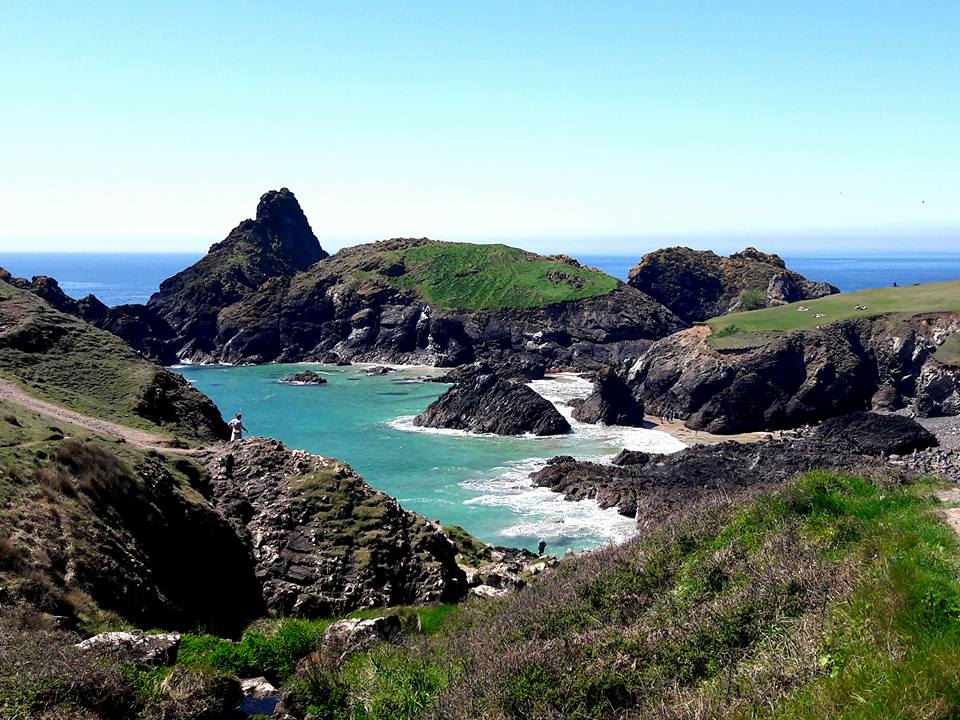What would you do if you came across an injured goat on the side of a mountain? Who should you call? What if you don’t have signal, would you just have to leave it?
These were the questions I was pondering to myself one warm August morning earlier in the year whilst ascending the steep, slate inclines of the Dinorwic Slate Quarry in Llanberis, Snowdonia. The air was so still, so silent, that it greatly amplified the sound of a goat bleating coarsely from beyond.
So intrusive to the tranquility was the noise that my immediate thought was that the creature must be in distress, and maybe I could find it and provide some aid. I subsequently pondered over the questions above, and was concerned that I didn’t really know any of the answers.
It was whilst doing this I saw something that would put my mind at rest. On a not too distant peak, I was just about able to make out two fuzzy balls of copper bounding towards one another, bleating recognisable bleats. They had been using their vocals – which were now softening – to find each other, and it had worked. Mystery solved, and thank goodness, because I’m not sure I’d have known what to do if my initial concerns had been realised. I carried on with my walk to the summit.
The day had started off in a strange tone. Until this point, I had spent my Snowdonia trip in the company of loved ones and we had all had a lovely time, but first thing that morning they had returned home and I was suddenly alone. Alone time is never usually a problem for me. As an introverted-extrovert, my energy sources oscillate fairly evenly between company and lack thereof. I need them both at different times. Many of my favourite outdoor adventures have been the ones I’ve had by myself, exploring and getting lost in nature and my favourite music, but this morning, there was that subdued feeling similar to the one you might feel as you chuck bits of popped balloons and food waste into binbags following an enjoyable party, that missing people feeling.
I knew that the best way to respond to this would be to give myself a bit of a mission for the day ahead and I immediately knew what that mission would be – to find the Anglesey Barracks (which, confusingly, are not on Anglesey).
The Anglesey Barracks are a group of granite cottages that were built high in the Dinorwic slate quarry during the 1870’s to serve as homes for those working there, to save the daily commute. One need only look at what remains of them today to know that they didn’t boast the greatest of living standards, even in those more basic of days. Each cottage housed four workers across two small rooms: a communal kitchen space and a shared bedroom. At no point during their occupancy did they have access to electricity so the only source of heat was a fireplace fuelled by coal that they had had to lug up those testing terrains in all weathers. Water needed to be collected from streams, and lack of hygiene and sanitation was a big problem.
Use of the barracks for housing ceased in the late 1930’s for this reason, and since this time the buildings have been left and reclaimed by nature. It is this, combined with the history, that provides the mystical and intriguing aesthetic that makes them so popular with explorers, historians and photographers. Indeed, I had only come across their existence from an Instagram post, and then a framed photo on the wall in the cottage which we had just been staying in. Although the barracks themselves weren’t widely signposted I could tell from a bit of brief internet research of whereabouts they were, within walking distance from Llanberis, a place I knew fairly well.
I headed towards the Power Station and looked to my left for a footpath that would take me up towards the top of the quarry. It was pretty much where I expected it to be, and so began the steep incline to the top. The first fifteen minutes or so was all about big steps. The ones that make you feel like you’re doing a high-knees HIIT session on repeat. Although towards the end they were getting quite tiring, I also knew that big steps meant big heights, and big heights meant better views. I was excited to clear ‘tree level’ and to reach the steep dark-grey slate paths that wound round the side of the quarry peaks. I knew the barracks couldn’t be too far away, and persevered against the inclines, which were altogether more challenging in the August heat.
The barracks would have been easy to miss. The main footpath takes you only parallel to them for a few brief moments, and they are concealed by both a copse of trees and being lower down than the path itself, accessible by steps. I had reached a bend in the footpath and it was only from this that I noticed the neon jacket of a fellow explorer 140 degrees to my right, stood in the centre of the historic residential street.
The sights did not disappoint, feeling every bit as intriguing as they had seemed on screen, but looking most definitely smaller than what I had been expecting (and I certainly hadn’t expected them to be spacious). I carried on walking through ‘streets’ that would have once seen heavy footfall every day but today only had a couple of prints, those of neon jacket guy, and mine. It was humbling to observe.
There were more cottages around the corner. These ones seemed to have experienced an even greater reclamation from nature. Mossy green branches protruded out of what were once bedroom windows, roots had broken into the foundations leading to piles of collapsed slate everywhere, and there were certainly no roofs on any of them. The exposed remains of a lone cottage sat slightly closer to the edge of the ridge and afforded a great panoramic, the perfect place to eat my ham sandwich. I sat for a while looking out towards Yr Wyddfa and though from here I couldn’t see a single soul on the mountain I knew that up close it would be teeming with hundreds of hikers striving for the summit, like ants crawling an anthill. I gave myself time to absorb the moment. Yes, I was still feeling some dregs of loneliness, but what a stunning place to be (and what a fit sandwich to be eating too, I seem to recall that one was particularly good).
Fuelled up on protein, fibre and a rush of adrenaline from the views I continued my ascent up the winding slate path to the top of the quarry. It was during this stint that I heard the not-so-distressed goats, and also saw a few others, such as this pair, which studied me intensely as I approached:
I couldn’t get over the fact they had actual horns, just like the ones found in storybooks. Fittingly, they seemed to disappear the closer you got, leaving you wondering if they’d even be real or just an illusion catalysed by the drop in air pressure from the rising altitudes.
I eventually reached the quarry peak, which somehow reminded me of a cross between the surface of the moon and the American West, not that I know either of those well. There were clear signs of human activity, not least from signage warning of electrical currents, yet very few actual humans about. Everything about it felt other worldly, and I enjoyed wandering aimlessly for a while, in awe of the sheer size of the expanse.
A man-made pier-like structure led out to a viewpoint, at the end of which somebody had recently attached a bouquet of flowers in poignant memory of a loved one. This must have been a special place to the departed and as I once again took in the panoramic I could completely understand why. I admired the dedication of their loved one for keeping the bouquet so intact during what it is a steep and testing climb, and imagine it brought them some solace to place it there.
It’s hard not to fall massively in love with this part of the world. It’s not the best kept secret, but neither is it a full front-page spread. The perfect balance, maybe.
I looked down over the village of Llanberis, where I had checked into my bunkhouse a few hours previously, and was surprised to see it now looking like a small blur, a good time to start my descent perhaps.
The goats were fine, my mission had been achieved, and it was time for a curry and a pint of Snowdonian IPA.
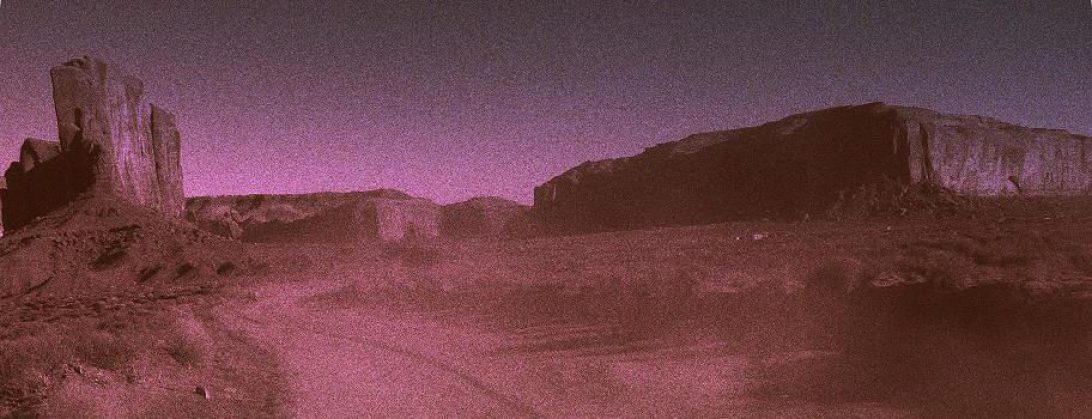






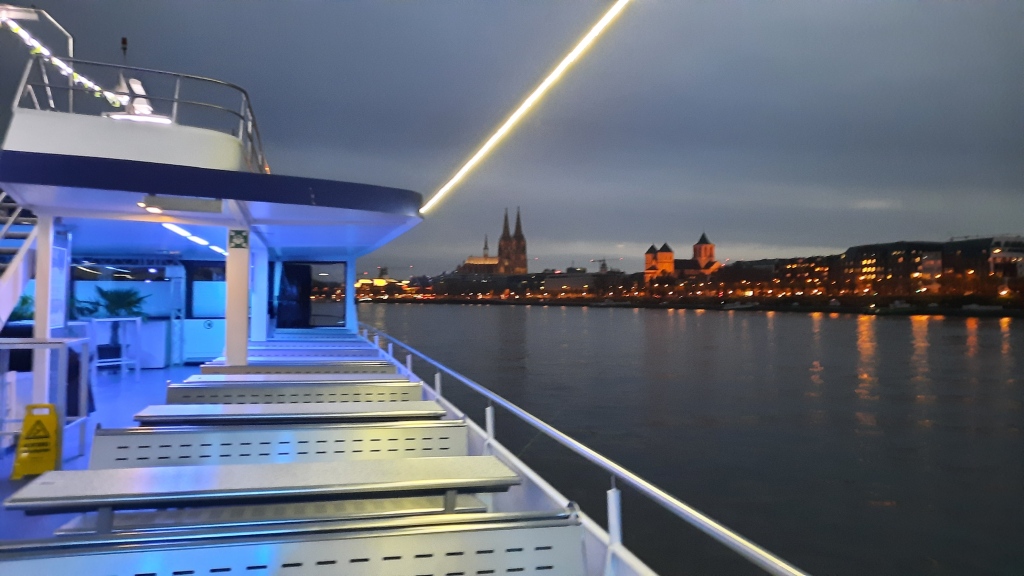
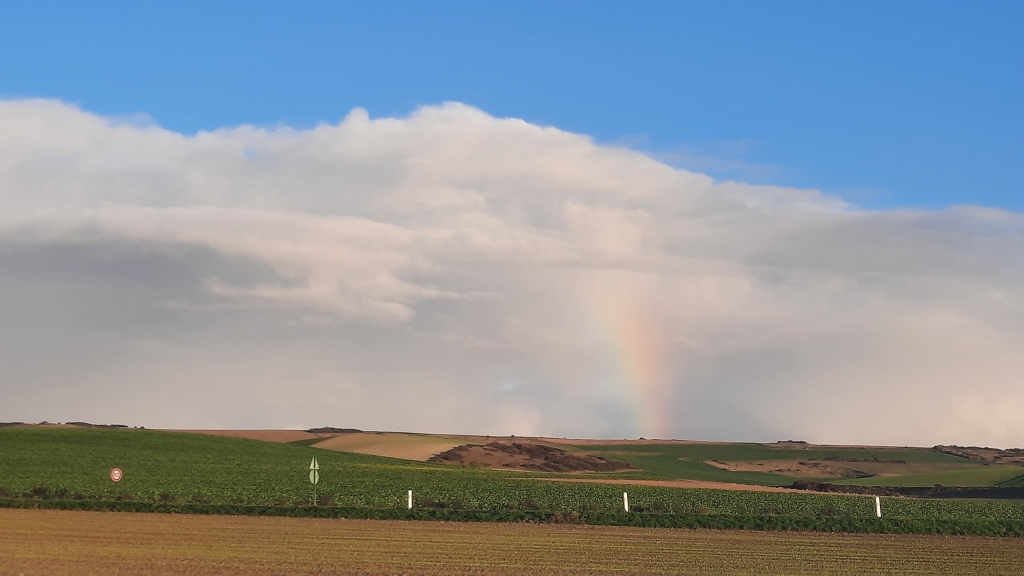
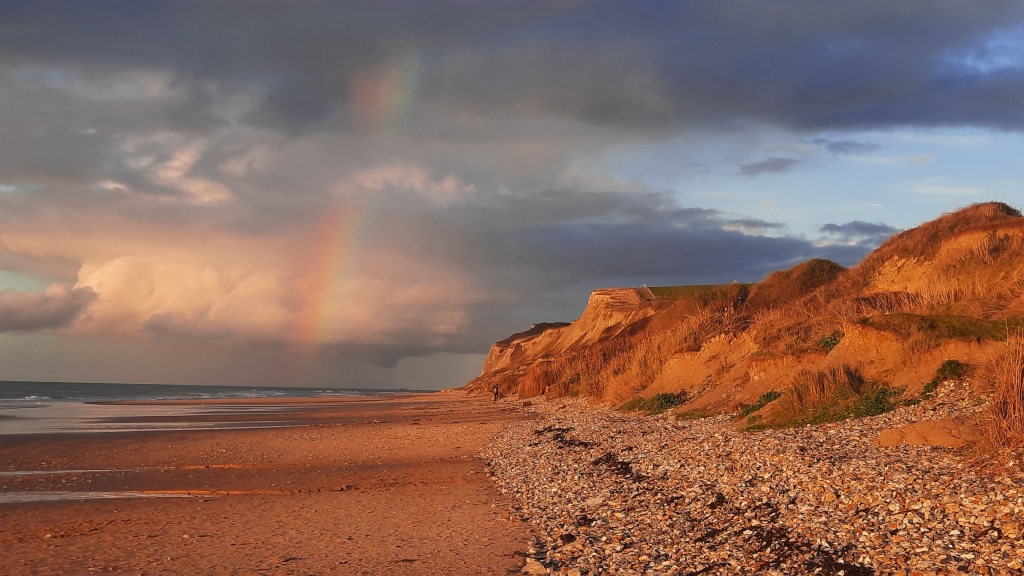
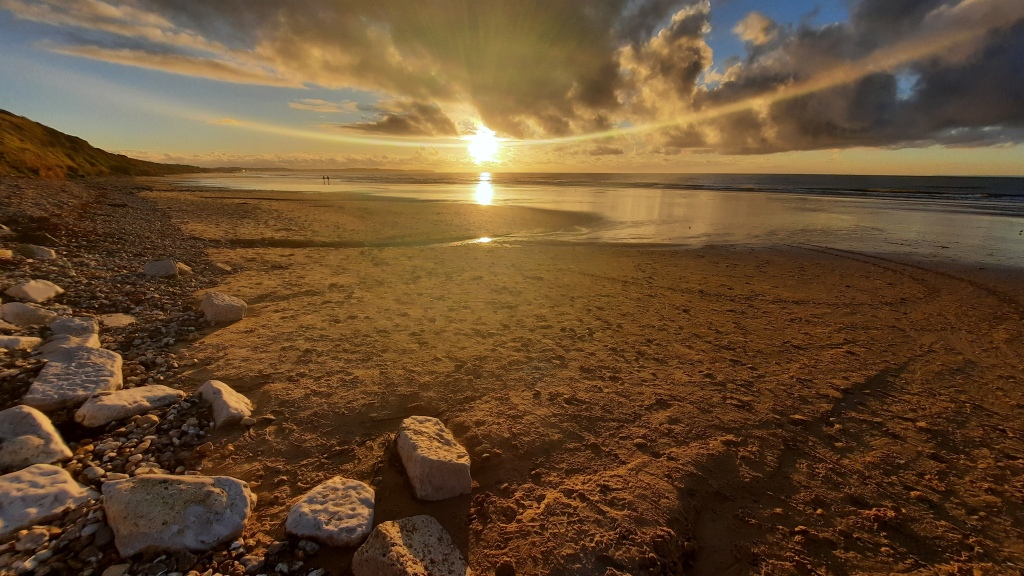
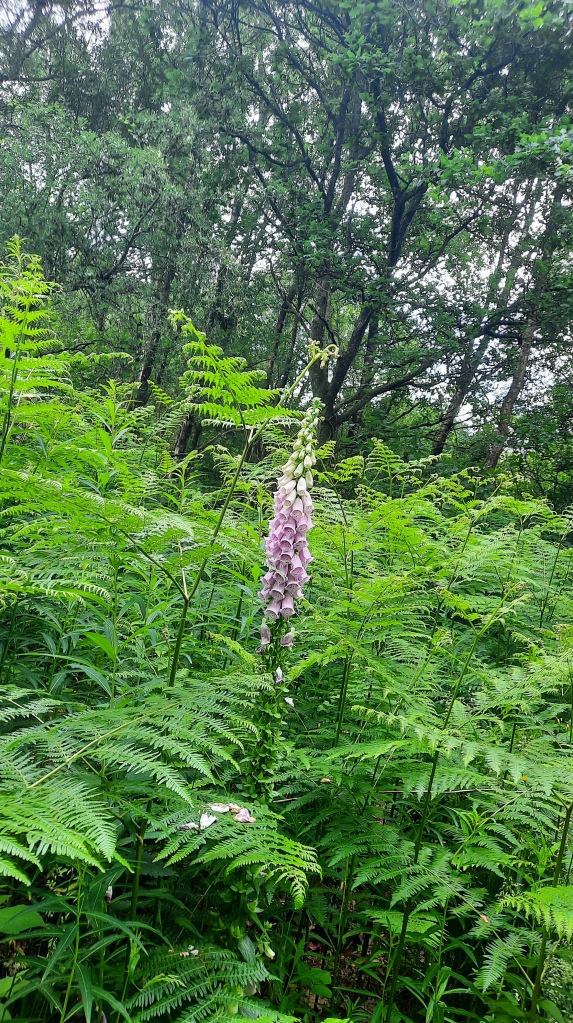
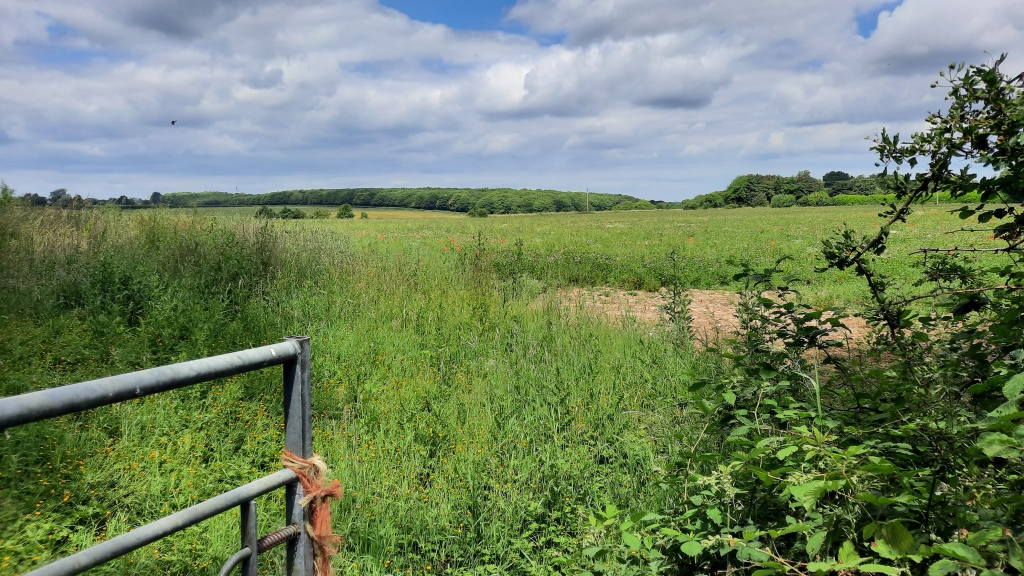
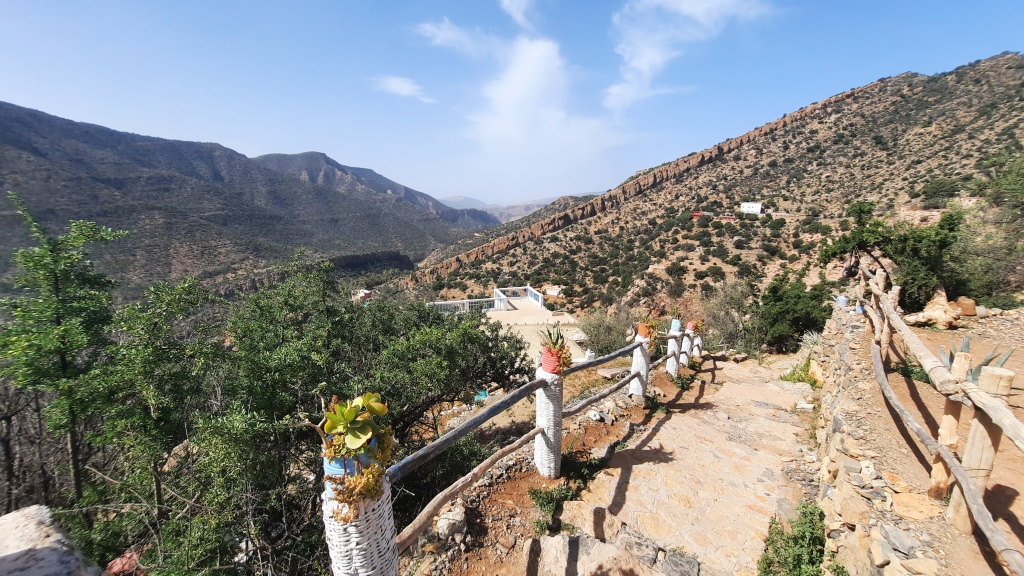
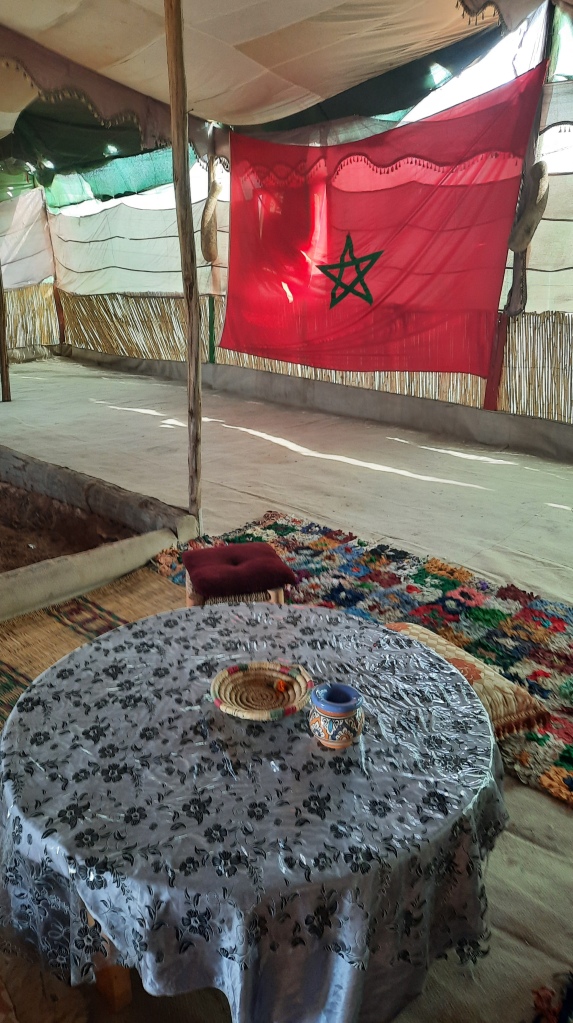
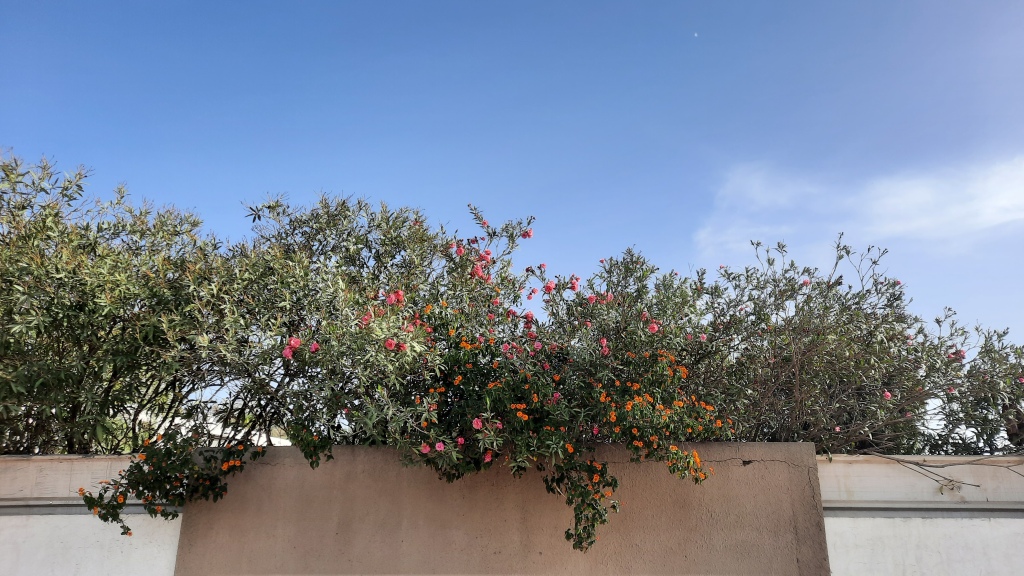
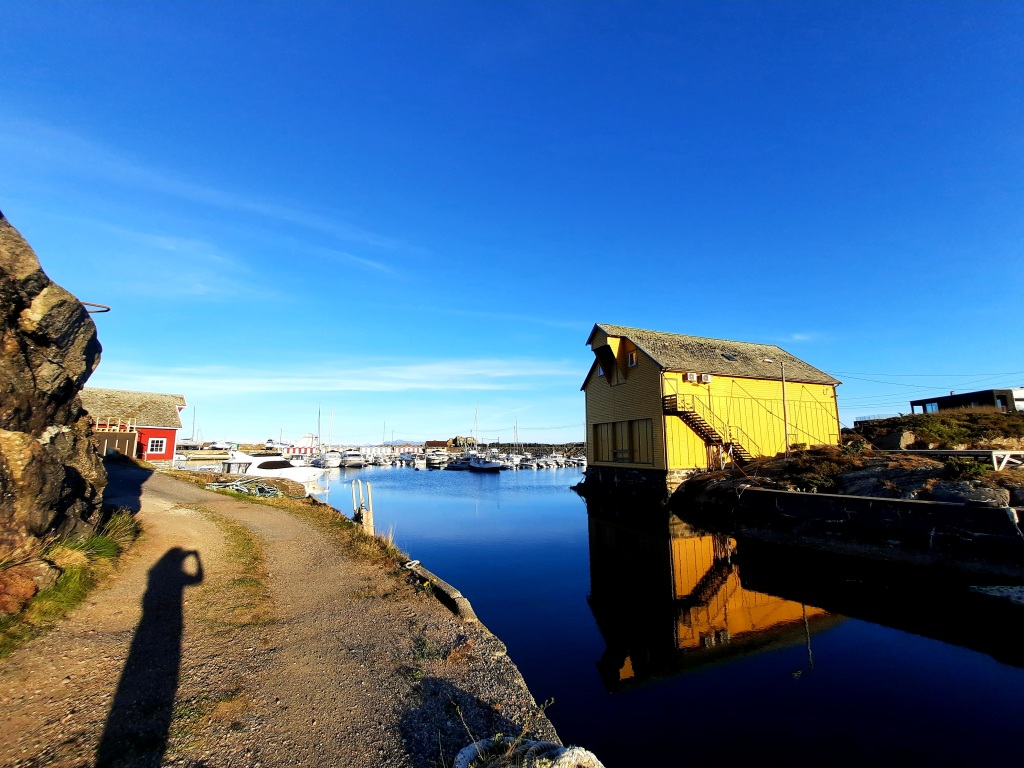
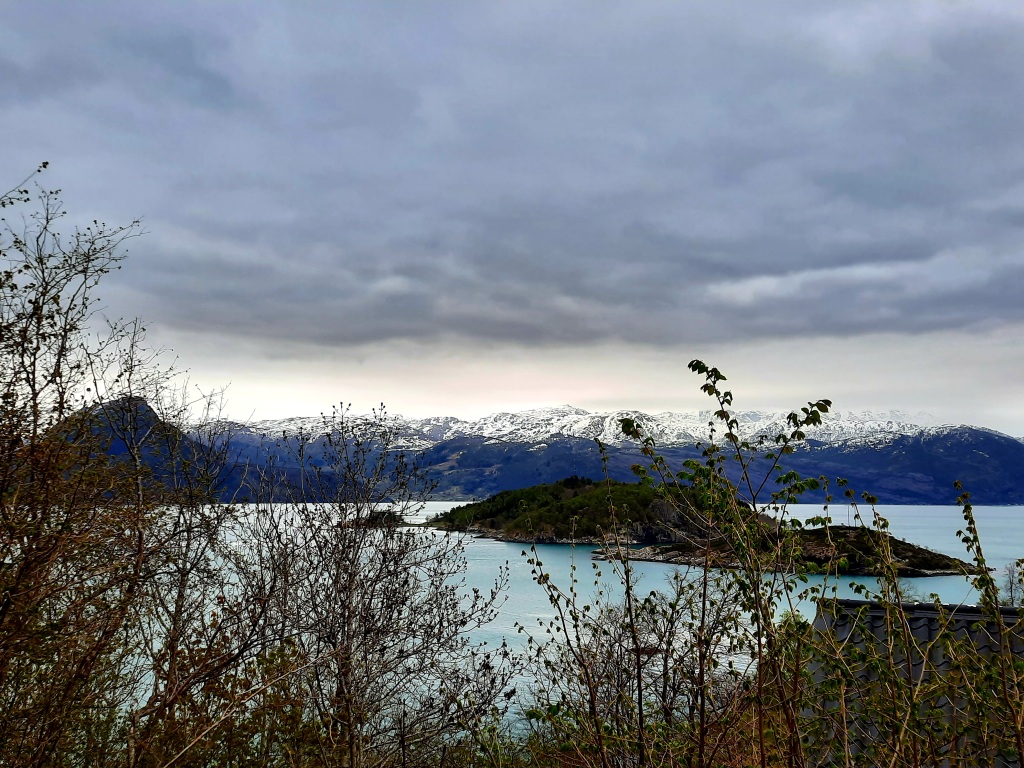
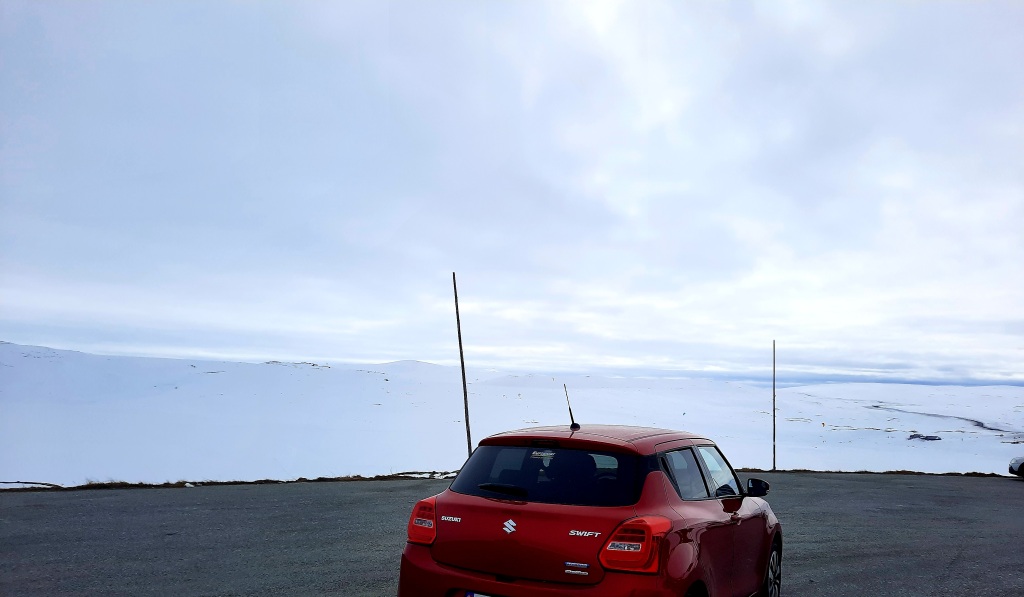
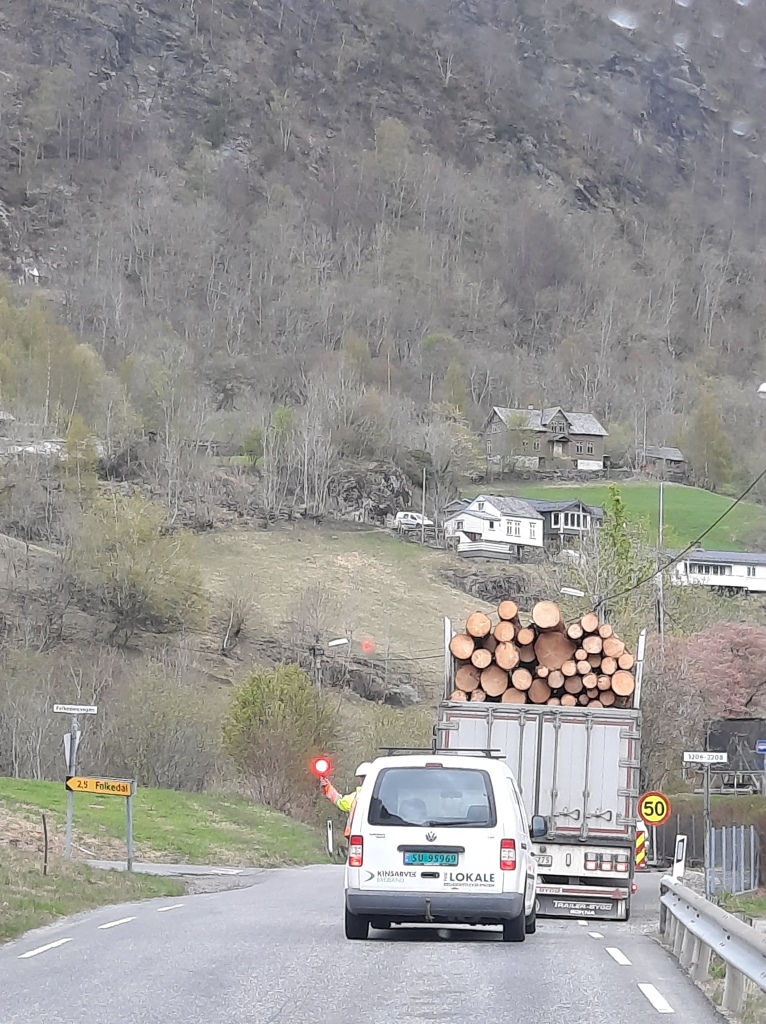
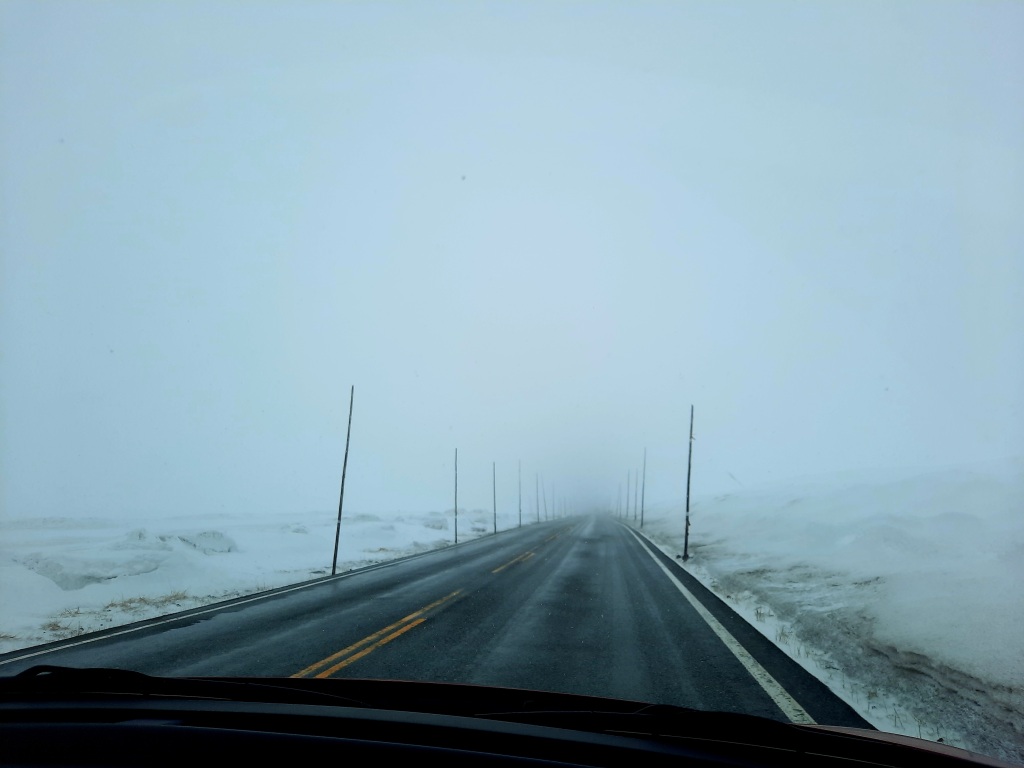
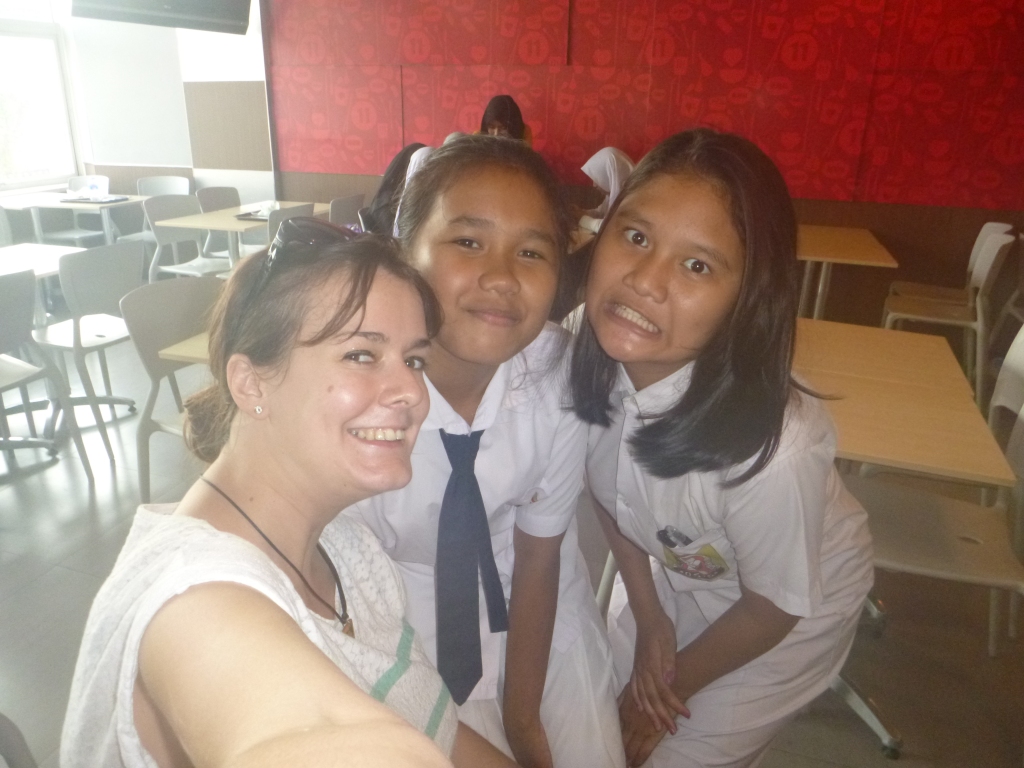
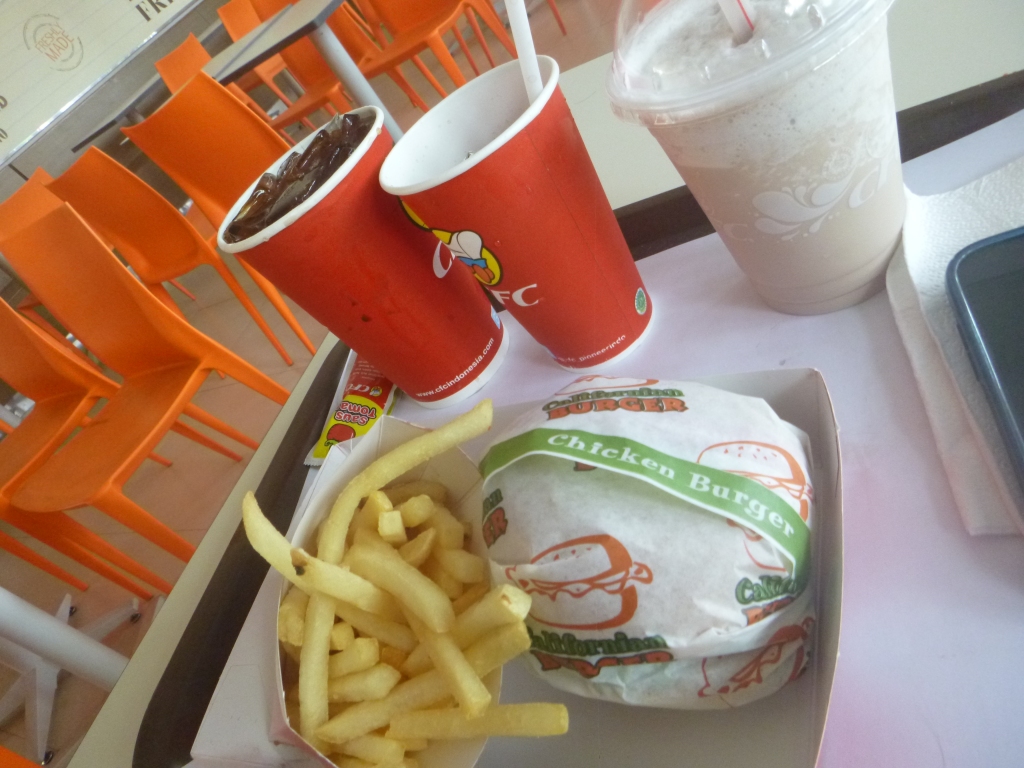
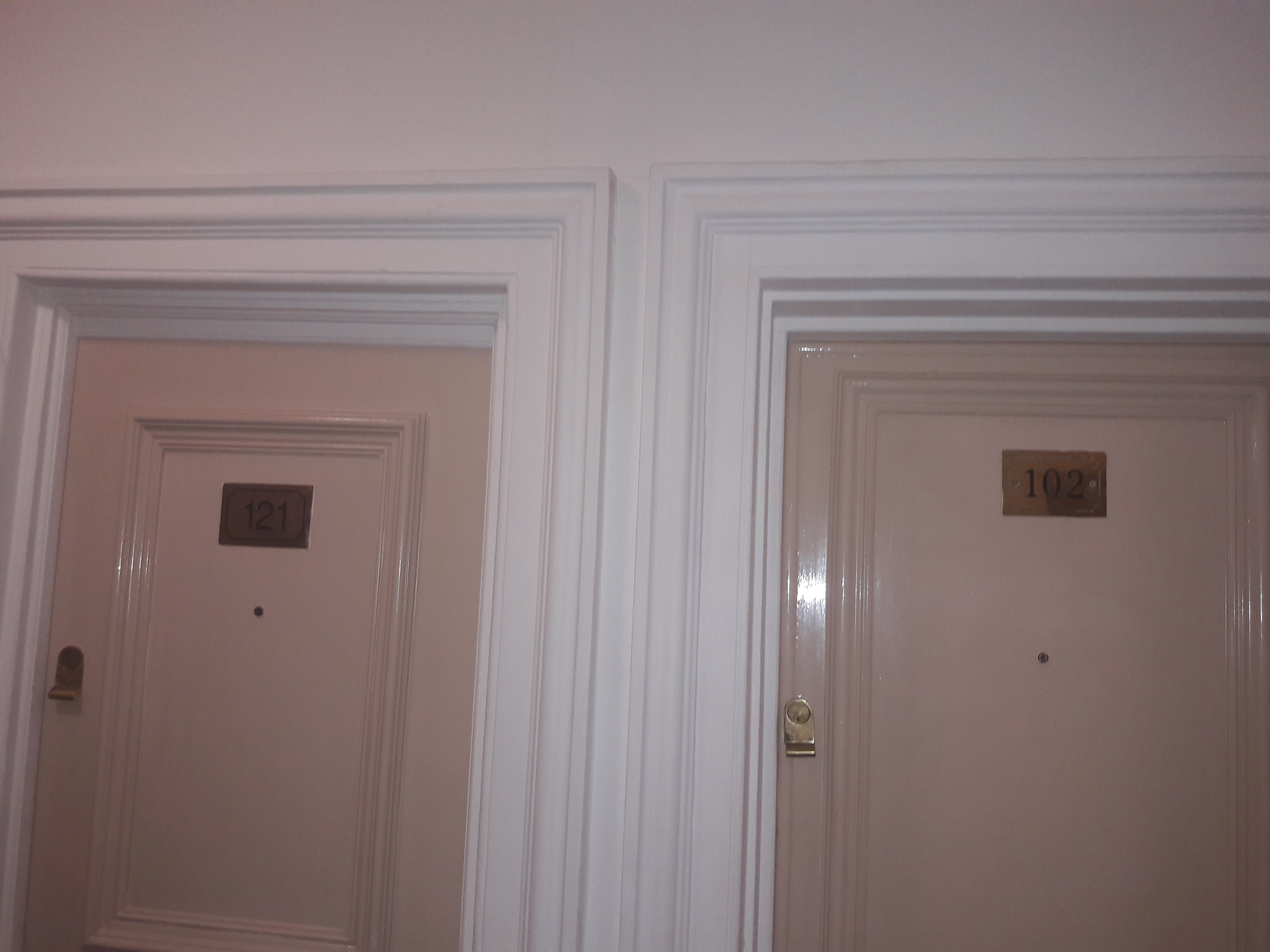
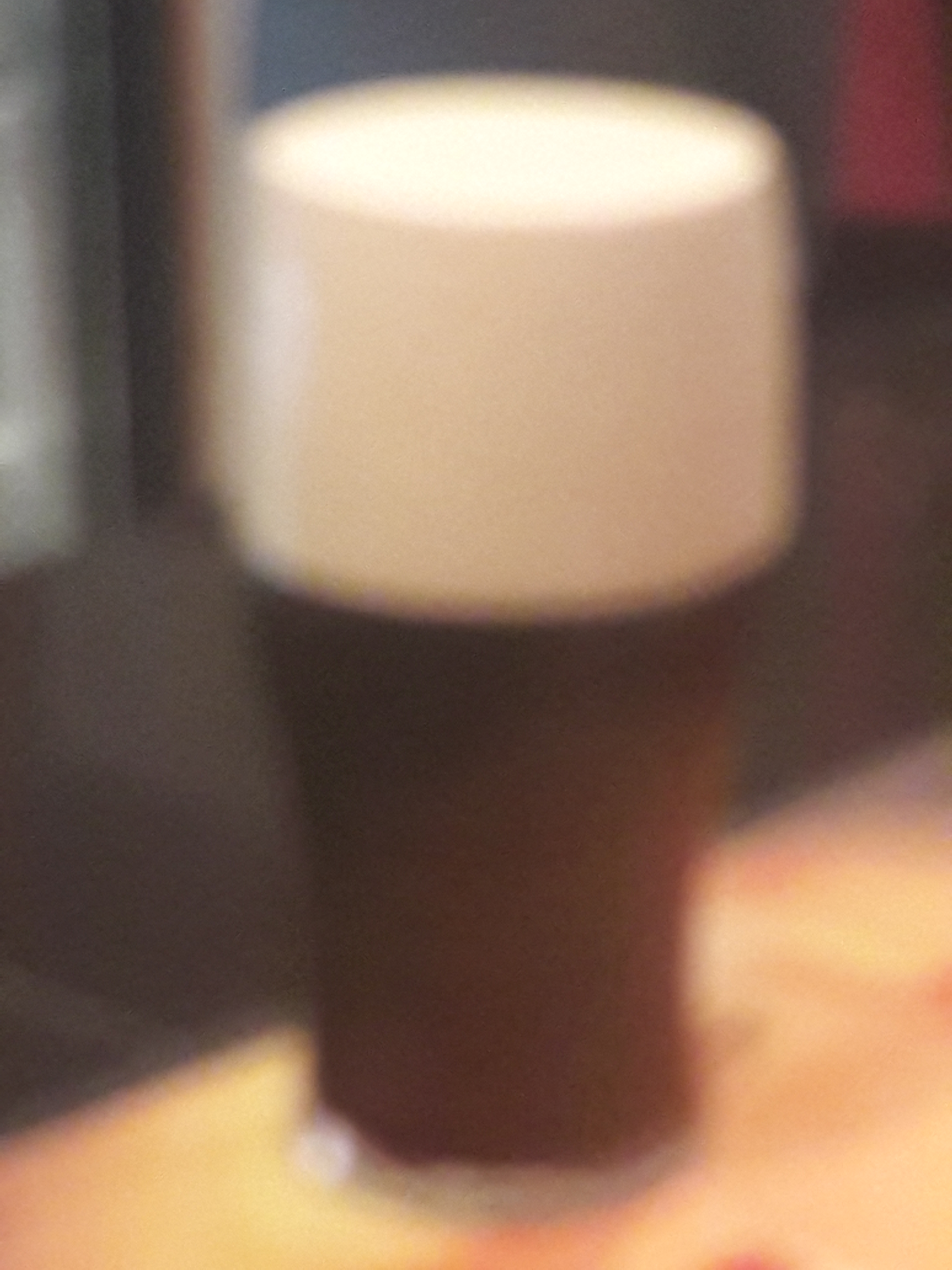
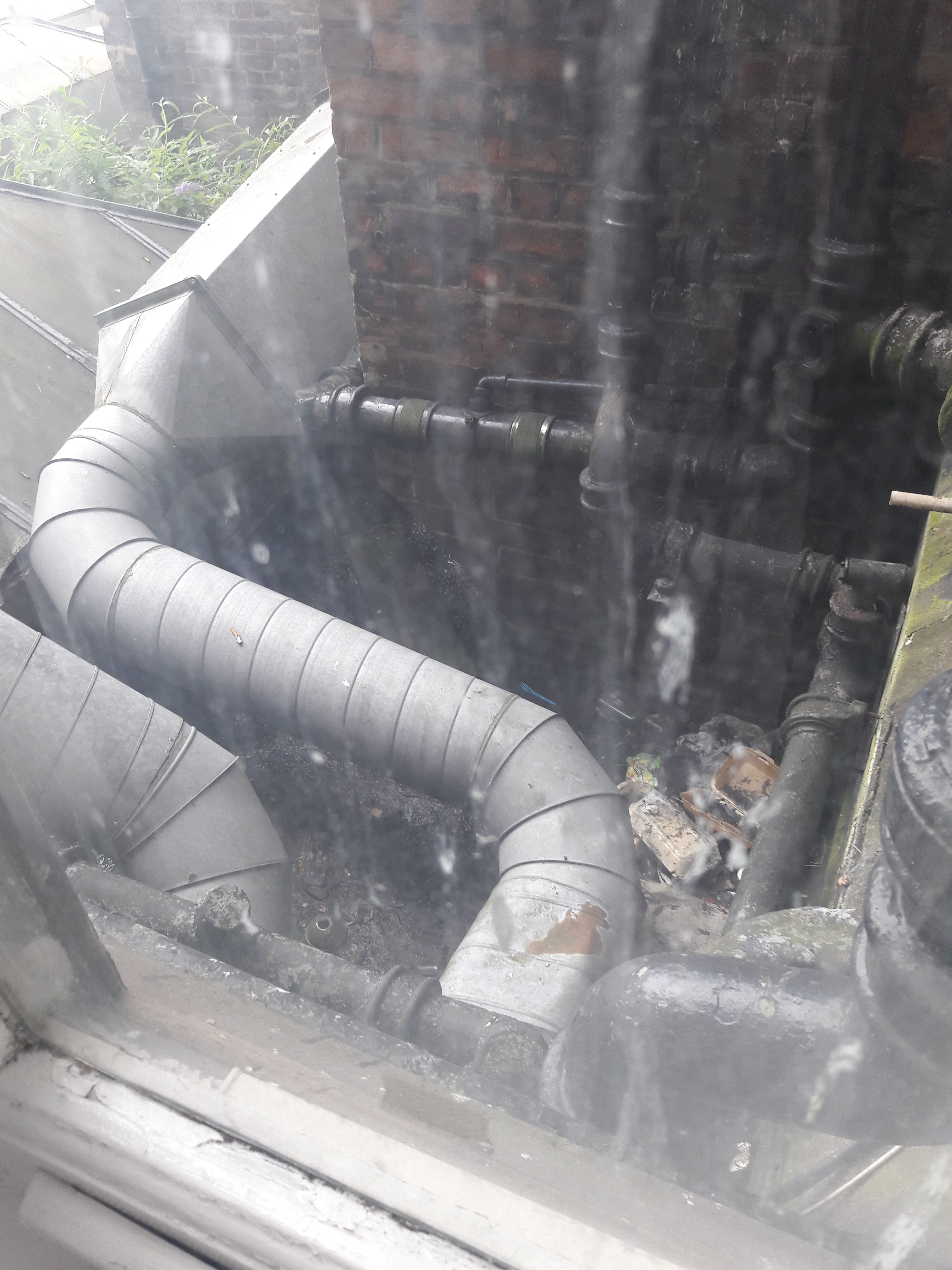 Room with a view
Room with a view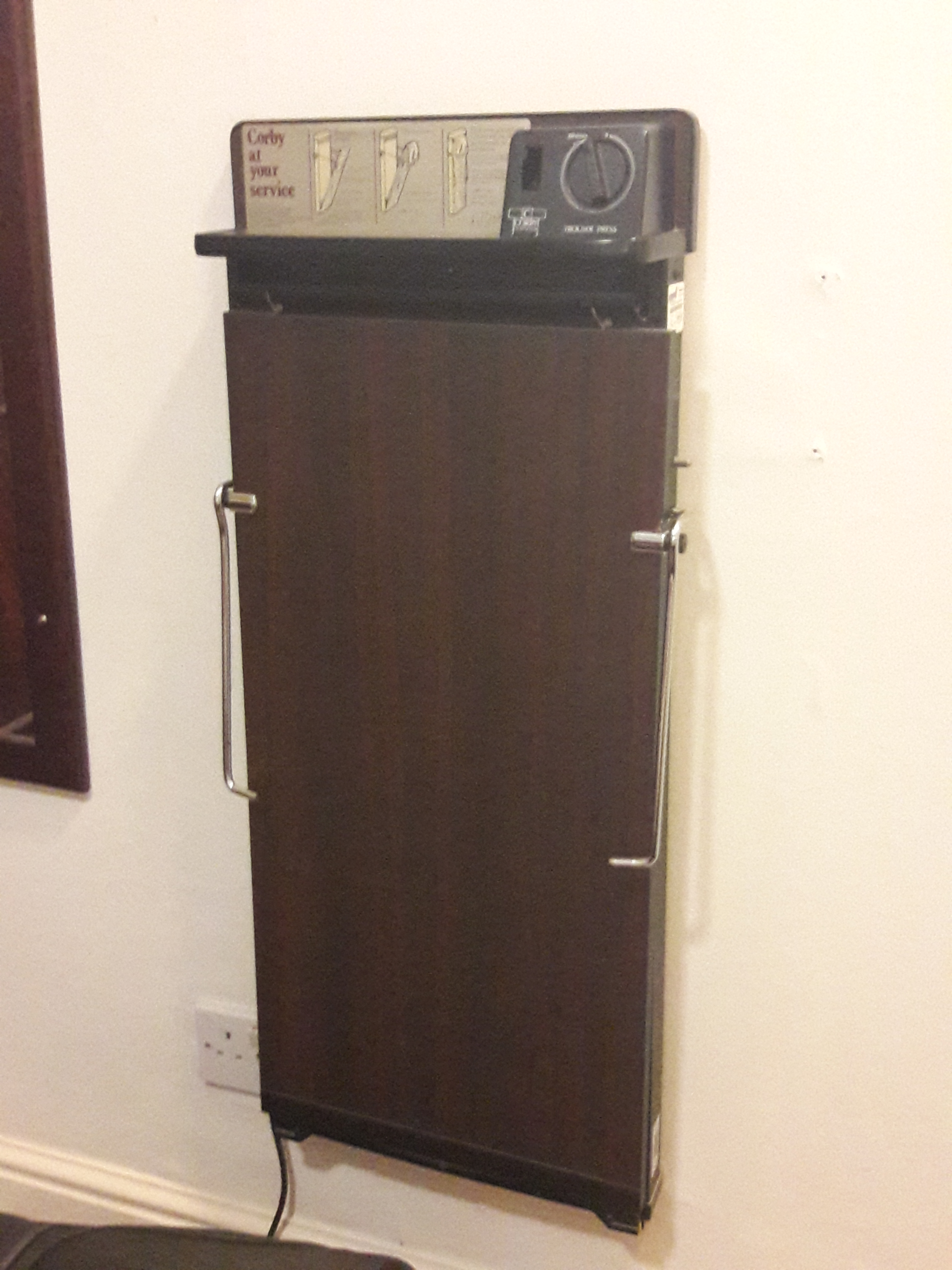 Anyone ever actually made use of these since 1989?
Anyone ever actually made use of these since 1989? (Image taken from Miriadna.com)
(Image taken from Miriadna.com)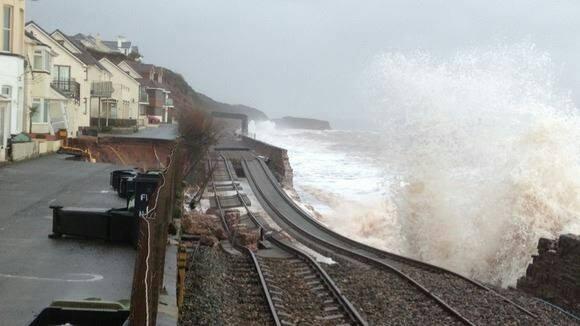 (Picture from official Met Office site)
(Picture from official Met Office site)